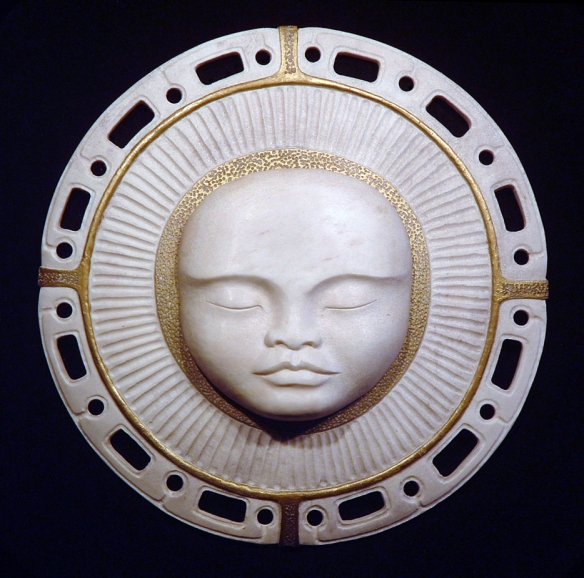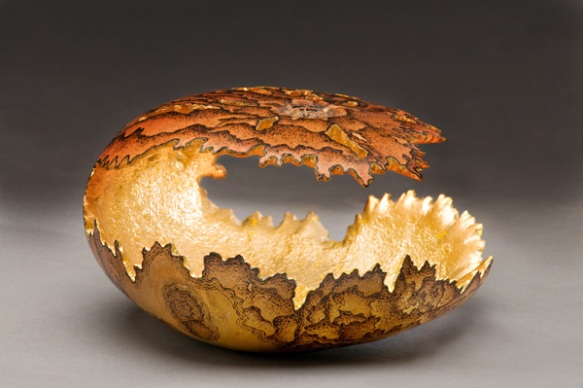by Shane Wilson
I was surprised to learn, after Robert Hughes critical comments about Andy Warhol during the interview with Alberto Mugrabi (Robert Hughes on Slow Art), that Warhol himself did not think highly of his own artistic training and ability. In fact, he would have agreed with Hughes’ musings about the need for artists to be trained in the classical rigours of drawing and painting.
According to Dr. Gregory Hedberg, the first professional Director of the New York Academy of Art, Andy Warhol was of the belief that “the course of art history would be changed if one thousand students could be taught Old Master drawing and painting techniques.”
The New York Academy of Art is one of a growing number of schools that strive to do just that.
Warhol was a supporter of the New York Academy of Art and also served as a member of its board. Hedberg says that after Warhol’s death the Andy Warhol Foundation for the Visual Arts awarded its very first grant to the New York Academy of Art and it eventually followed up with the provision of major funding.
While Hedberg moved on to other responsibilities, he retained high hopes that Warhol was right, and expected great results from the students. To his surprise, such did not turn out to be the case – at least not right away. It dawned on him, that due to the steep learning curve and sheer length of time involved in learning the classical skills of the old masters, it would be some time before the students became masters themselves and began to use their skills to express something fresh and meaningful about the contemporary world.
To describe this lengthy learning process and the resultant lengthy process involved in the creation of art work using the techniques and practices of the old masters, Hedberg decided to define this emerging school of realistic classically trained painters under the banner of Slow Art. He drafted the Slow Art Manifesto (reprinted here by The Atlanta Art Gallery), with help from some of the more prominent painters of the genre, and featured it in 2005 at group show, called, “Slow Painting: A Deliberate Renaissance.”
In an article entitled, ‘A New Direction in Art Education: The New Academies, Andy Warhol and a New Aesthetic Movement’, Hedberg’s assessment of the movement is guarded, but optimistic: “While technical training has never in itself made great art, equally important, technical training has also never precluded creativity. All of the works in this exhibition reflect talent and exceptional competence in execution, while many also show the spark of genius and are quite extraordinary. Surely the truly remarkable works will increase in number over time as more and more academically trained artists succeed in their struggle to master the difficult but also rewarding language of the Old Masters and to make it their own.”

The Cycle of Terror and Tragedy: September 11, 2001, 2002-2006. Graydon Parrish (b.1970). Oil on Canvas, 76 x 210 in. New Britain Museum of American Art
David Galenson, in his book Old Masters and Young Geniuses, distinguishes between two types of artists: experimental and conceptual. While it is possible to leap onto the stage of art world stardom at an early age, he maintains those types of artists are principally conceptual – they come up with a striking new idea, for which they become famous. The experimental artists work at their craft over a period of years, decades even, continuously learning, growing, striving to improve, to express an inner vision of beauty or perfection. No doubt the modern realists fall into the later category and Hedberg is right to be patient and to describe their art as slow.
Graydon Parrish, a New York Academy alumnus, was one of the signatories and contributors to the Slow Art Manifesto. He created this commissioned painting to commemorate the American experience of 9-11, called ‘The Cycle of Terror and Tragedy’. The painting took four years to complete. It seems to be a pretty solid indication that Hedberg’s hopes and Warhol’s prophesy may well be correct!

Graydon Parrish at work on ‘The Cycle of Terror and Tragedy’
While I support many of the tenets of this Slow Art Manifesto, I would prefer to see its scope broadened to include other schools of art and other media (particularly sculptural!), which strive to achieve similar ends – art that is beautiful, meaningful, original and timeless.
But that does not dampen my enthusiasm for the revival of classical methods in painting and the insights about Slow Art that it engenders – that the skill and ability to make great art takes time to learn and incorporate – that there is no shortcut on the creative road to an expression of genius.
Money well spent, Andy!







